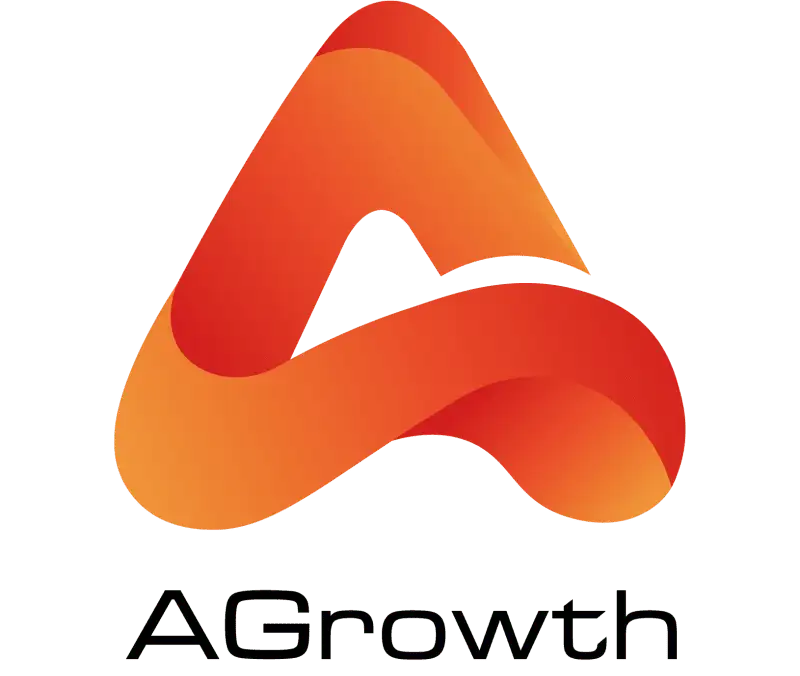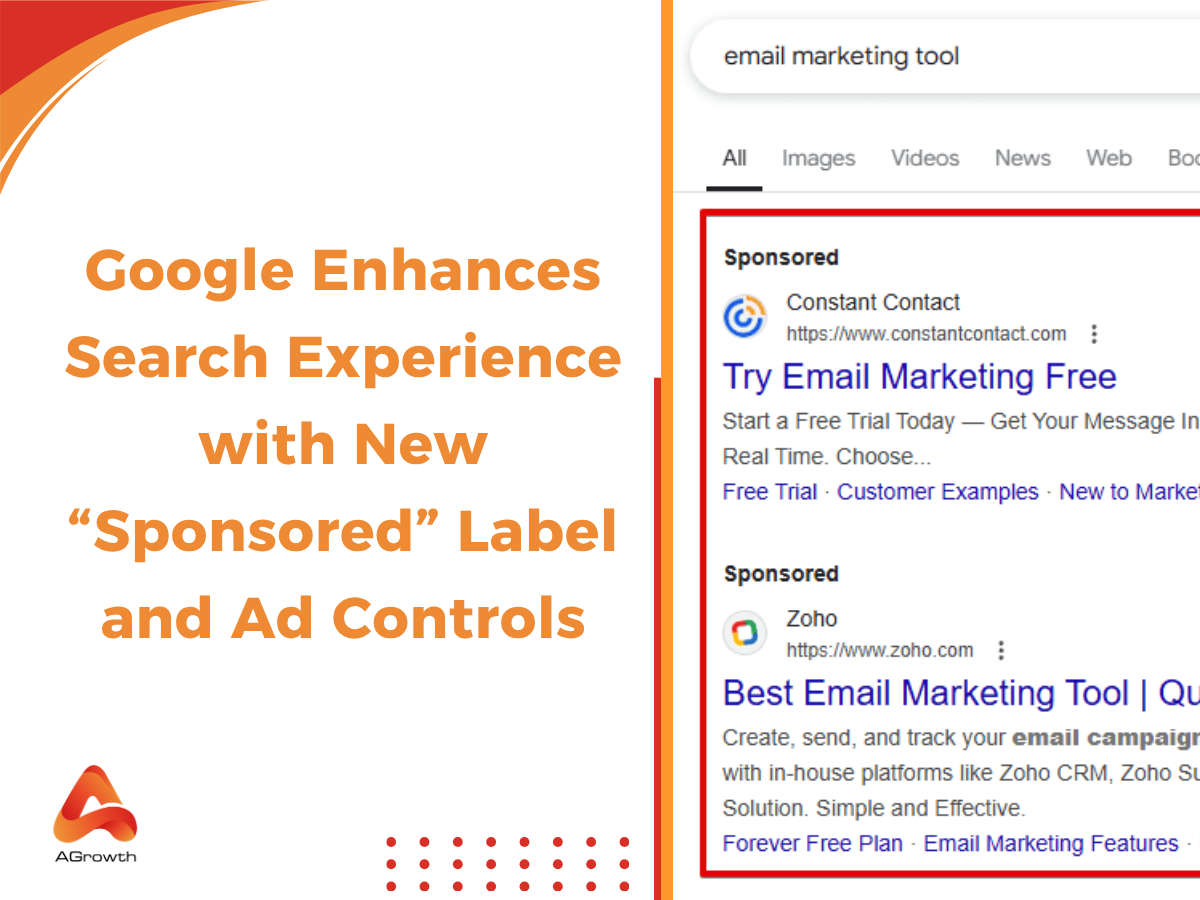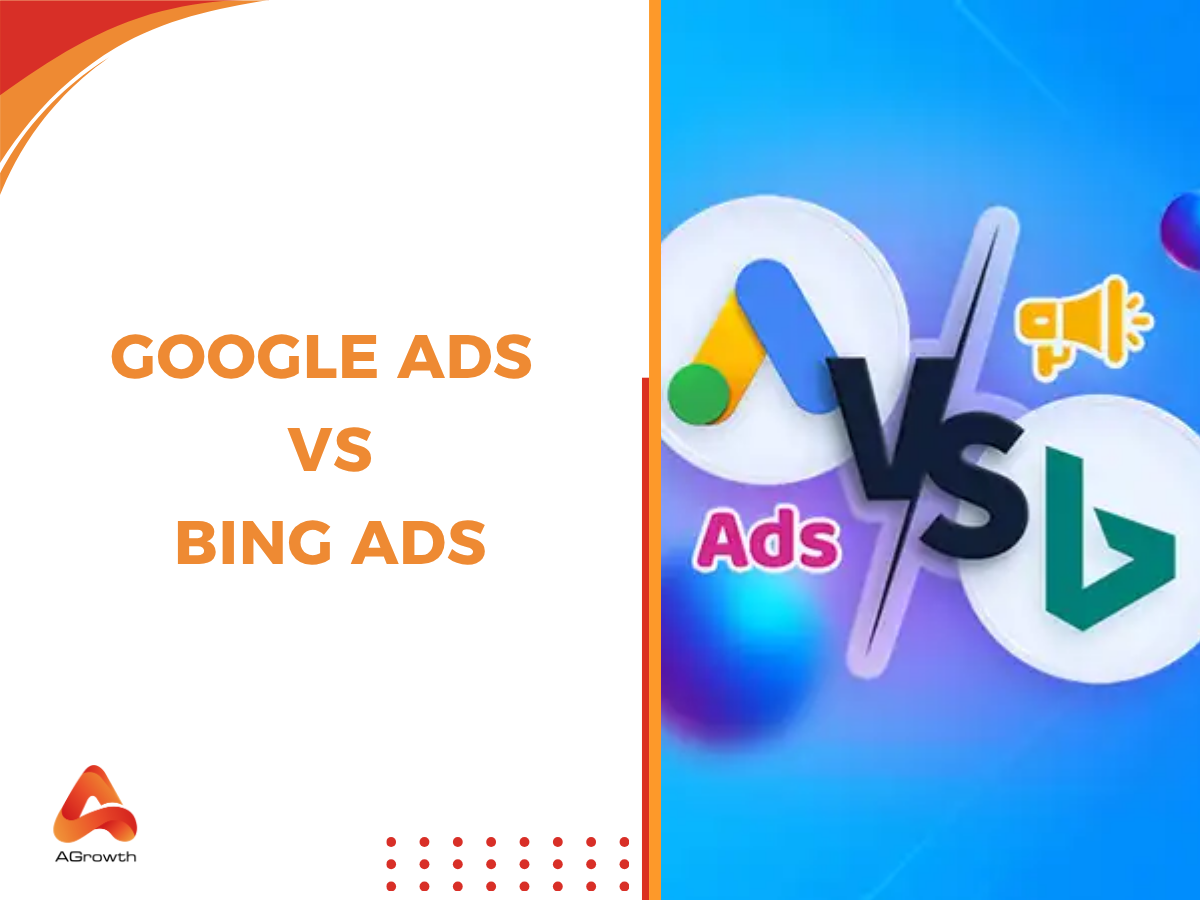
Table of Contents
Google Ads Description: How to Craft Copy That Converts
In Google Ads, headlines often grab the first glance, but descriptions are where the real persuasion happens. A strong Google Ads description bridges attention and action — convincing users to click, explore, and convert. In 2025, with competition in paid search fiercer than ever, mastering descriptions isn’t optional; it’s a growth necessity.
This guide breaks down everything you need to know about Google Ads descriptions: their role, character limits, best practices, examples, and optimization strategies to improve CTR and ROI.
What is a Google Ads Description?
A Google Ads description is the block of text that appears below the headline and display URL in a search ad. Its primary function is to elaborate on the promise made in the headline, providing additional details, benefits, and a compelling reason for the user to click through to the landing page. It is your opportunity to flesh out your unique selling proposition (USP) and speak directly to the user's needs and motivations.
In a typical Responsive Search Ad (RSA), Google will show up to two description lines at a time. Each line is a maximum of 90 characters. The description appears directly below the display URL and serves as the main body of your ad. Its prominent placement means it occupies significant screen real estate, making it impossible for an engaged user to ignore. This visibility underscores the need for every word to be carefully chosen to support the ad's overall goal.
Why Google Ads Descriptions Matter?
For the advanced marketer, the description is a strategic lever that directly impacts campaign profitability. It's where you close the deal initiated by the headline, influencing key metrics from ad auction dynamics to conversion rates.
Here’s why it's a critical component of your ad's success:
Directly Impacts Click-Through Rate (CTR)
While the Google ad headline grabs attention, the description persuades the click. It’s where users look for confirmation, details, and benefits. A compelling description that validates their interest can be the final nudge needed to significantly boost CTR.
Boosts Ad Relevance
The description is prime real estate for signaling relevance to Google. By naturally including keywords and language that mirror user intent, you demonstrate a strong match between your ad and the search query, which is a key factor in Google's ad evaluation.
Improves Ad Rank & Quality Score
Better relevance and a higher CTR directly improve your Quality Score. Since Ad Rank is a product of your bid and Quality Score, a strong description leads to better ad positions at a lower cost-per-click (CPC). Investing time in your descriptions is a direct investment in campaign efficiency.
Persuades and Pre-Qualifies Clicks
The description is your chance to sell. Use it to overcome objections, build trust, and highlight unique benefits before the user even clicks, ensuring the traffic you pay for is better qualified and more likely to convert.
-
Build Trust: "Trusted by 50,000+ Businesses Worldwide."
-
Overcome Objections: "Free Returns & 24/7 Support."
-
Set Expectations: "Get Your Custom Quote in Under 5 Minutes."
Google Ads Description Length & Guidelines
Adhering to Google's technical specifications is non-negotiable. These creative constraints force you to be clear, concise, and impactful with your messaging. As of 2025, the core guidelines remain consistent and are essential for any advertiser to know by heart.
Google Ads Description Character Limits
For Responsive Search Ads (RSAs), which are the standard, you can provide Google with a pool of assets to test.
-
Number of Descriptions: You can write up to 4 distinct descriptions.
-
Length: Each description has a maximum length of 90 characters.
Google's AI will then test different combinations of your headlines and descriptions, typically showing up to two descriptions at a time (totaling a potential 180 characters of body text).
Key Editorial Guidelines from Google
Beyond character counts, Google has strict editorial policies to ensure a high-quality user experience. According to Google Ads Help documentation, all ads must meet professional and editorial standards. Violating these can lead to Google ad disapproval.
-
Punctuation & Symbols: Use of non-standard punctuation or symbols simply to attract attention (e.g., "S@le Here!!") is disallowed. Standard punctuation, like periods and question marks, is encouraged. You can use symbols like trademark (™) or registered (®) symbols where appropriate.
-
Capitalization: Excessive or "gimmicky" use of capitalization (e.g., "FREE SHIPPING" or "S.A.L.E.") is not allowed. Sentence case or title case (capitalizing the first letter of each word) is the accepted standard.
-
Clarity and Style: The ad text must be clear and make sense. As Google puts it, your ad must avoid "Unclear or nonsensical promotions."

How to Write Good Google Ads Descriptions
Writing a description that consistently performs well is both an art and a science. It requires a deep understanding of your audience, a clear campaign goal, and a structured approach to copywriting. By moving beyond guesswork and using proven frameworks, you can dramatically increase the effectiveness of your ad copy.
1. Start with a Formula: PAS, AIDA, or BAB
Formulas provide a reliable structure for persuasive writing, ensuring you hit all the key psychological notes.
-
PAS (Problem-Agitate-Solve): This is one of the most effective formulas.
-
Problem: Identify the user's pain point. (e.g., "Tired of juggling multiple marketing tools?")
-
Agitate: Intensify the problem. (e.g., "It's expensive, confusing, and wastes valuable time.")
-
Solve: Present your product as the clear solution. (e.g., "Our all-in-one platform simplifies your workflow.")
-
AIDA (Attention-Interest-Desire-Action): A classic marketing funnel.
-
Attention: Your headline does this.
-
Interest: Build interest with a compelling fact or benefit. ("Manage leads, projects & analytics in one place.")
-
Desire: Create desire by highlighting a key outcome. ("Trusted by top teams to boost productivity by 40%.")
-
Action: Tell them what to do. ("Get Started With a Free Trial.")
-
BAB (Before-After-Bridge):
-
Before: Describe their current, frustrating world. ("Scattered data & missed deadlines are hurting your ROI.")
-
After: Paint a picture of a better world. ("Imagine clear insights & every project finishing on time.")
-
Bridge: Show how you get them there. ("Our dashboard provides the clarity you need.")
2. Align Copy with Your Campaign Goal
Your description's tone and message should directly reflect your campaign's objective.
-
For Lead Generation: Focus on a low-friction offer. Use phrases like "Get a Free Quote," "Download Your Free Ebook," or "Book a 15-Min Demo." The goal is to capture information with a valuable, easy-to-claim offer.
-
For E-commerce Sales: Drive urgency and highlight value. Use phrases like "Shop The Sale," "Limited Stock," "Free 2-Day Shipping," and "Hassle-Free Returns." The goal is to overcome purchase hesitation and drive an immediate transaction.
-
For Brand Awareness: Showcase what makes you unique. Focus on your USP, awards, or mission statement. "The #1 Ethically Sourced Coffee" or "Award-Winning Customer Support."
3. Incorporate Your Unique Selling Proposition (USP)
What makes you different from the dozens of other advertisers competing for the same click? Your description is the perfect place to state your USP clearly and concisely. Is it your price, your quality, your speed, your guarantee, or your customer service? Don't make the user guess.
-
Example USPs: "The Only Platform with Real-Time AI Analytics," "Handcrafted & Delivered in 48 Hours," "Lifetime 'No Questions Asked' Guarantee."
4. Use Emotional Triggers and Power Words
People make decisions based on emotion. Your description should tap into this.
-
Urgency & Scarcity: Limited Time, Sale Ends Friday, Only 3 Left, Exclusive Offer.
-
Trust & Social Proof: Trusted by, Rated 4.9/5, Award-Winning, Money-Back Guarantee.
-
Simplicity & Ease: Easy, Simple, Fast, In Minutes, Get Started.
-
Exclusivity & Aspiration: Unlock, Premium, Elite, Be The First.
Mastering the use of these triggers is a core tenet of effective Google Ads copywriting.
5. Include a Clear and Compelling Call-to-Action (CTA)
Never leave the user wondering what to do next. While you may have a CTA in your headline, reinforcing it or providing a more detailed one in the description is crucial. It should be a clear, active command.
A powerful Google Ads CTA tells users exactly what to expect on the other side of the click.
-
Good CTAs: "Get Your Free Quote Now," "Shop The Collection Today," "Download The Free Guide & Start Learning."
-
Weak CTAs: "Click here," "Learn more."
AGROWTH - GOOGLE AGENCY ACCOUNT
⭐ Managed campaigns with expert guidance
⭐ Flexible invoice-based billings, custom top-ups
⭐ High resistance to suspension via agency tier
⭐ Quick fund transfer to new account if needed
⭐ Priority support via Google Partner channel
⭐ Lower fees from 3-5%
⭐ Eligible for bonus credit up to $384
Common Mistakes to Avoid in Google Ads Descriptions
Even skilled advertisers sometimes make errors that reduce performance. Avoiding these pitfalls can make your descriptions far more compelling.
1. Keyword Stuffing
Repeating the same keyword unnaturally makes ads look robotic and harms CTR.
❌ Example: “Buy running shoes, running shoes online, best running shoes deals today.”
✅ Better: “Shop premium running shoes designed for comfort and performance. Free shipping on all orders.”

2. Generic Copy
Vague, overused phrases don’t differentiate your brand.
❌ Example: “We offer great services at affordable prices.”
✅ Better: “Get expert plumbing services with same-day response and a 30-day satisfaction guarantee.”
The improved version is specific, builds trust, and makes the service stand out.
3. Overpromising
Making claims you can’t back up not only hurts conversions but can also lead to disapproved ads if your landing page doesn't align with your ad's promise. A seamless user experience from click to conversion is vital, so make sure your landing pages meet the official Google Ads destination requirements.
❌ Example: “Guaranteed weight loss in 7 days – or your money back!”
✅ Better: “Personalized weight loss plans designed to help you feel healthier and more confident.”
This keeps expectations realistic while still sounding appealing.
4. Ignoring Mobile Users
Overly long, cluttered descriptions get cut off on small screens.
❌ Example: “Our premium handmade furniture collection is available in multiple designs, colors, and materials to perfectly match your home decor style.”
✅ Better: “Discover handmade furniture built to last — elegant designs crafted for your home.”
The second example is concise and easy to scan, perfect for mobile users.
5. Weak CTA
Without a clear call-to-action, users may not know what to do next.
❌ Example: “We provide software solutions for small businesses.”
✅ Better: “Start your free trial today and see how our software simplifies your business.”
The improved version guides users toward the next step, boosting clicks and conversions. For further information about Google Ads CTA, how important it is, and how to write it well, refer to our detailed guide here!
FAQs
Why is my Google Ads description not showing?
There are several reasons why your ad description might not be showing. It could be due to a low Ad Rank, which is determined by your bid and Quality Score. Other factors include ad disapprovals for policy violations, a limited budget, or targeting settings that are too narrow. Ensure your ads are approved and that your campaign settings are optimized for visibility.
How do I add a description to my Google Ads?
When creating or editing a text ad or a Responsive Search Ad within your Google Ads account, you will find dedicated fields for "Description." Simply enter your desired text into these fields, adhering to the character limits. For Responsive Search Ads, it is recommended to provide multiple unique descriptions to allow Google to optimize your ad performance.
Should I repeat keywords from my headlines in my description?
While keywords from your ad group must appear in your description for relevance, avoid simply repeating the exact phrases from your headlines. The description is your opportunity to expand on the headlines, providing more detail, context, and persuasive reasons for the user to click. Use semantic or related keywords to reinforce your message and show a deeper understanding of the user's needs without sounding repetitive.
How do Ad Extensions relate to my description?
Ad extensions are additional pieces of information that expand your ad with more details, such as sitelinks, callouts, location information, or prices. While they aren't part of the main description, they work together to provide a more comprehensive ad. A strong description combined with relevant ad extensions increases your ad's visibility and "real estate" on the search results page, which can significantly improve your ad's click-through rate (CTR).
Related post:









Your comment